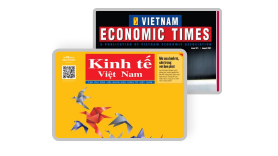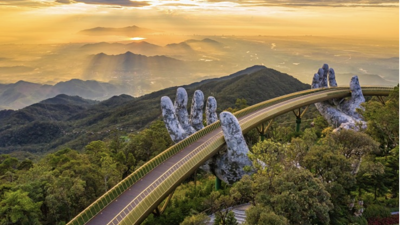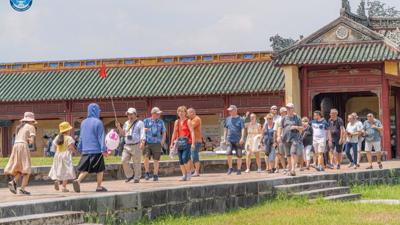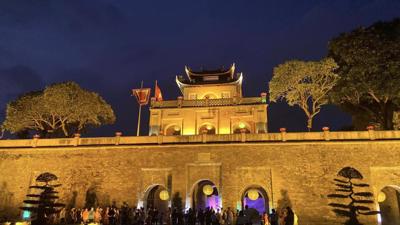Vietnam's Ancient Town Hoi An Charts Bold Course Toward Sustainable Rebirth
The ancient trading town seeks to cement its status as an international eco-cultural destination while averting overtourism.
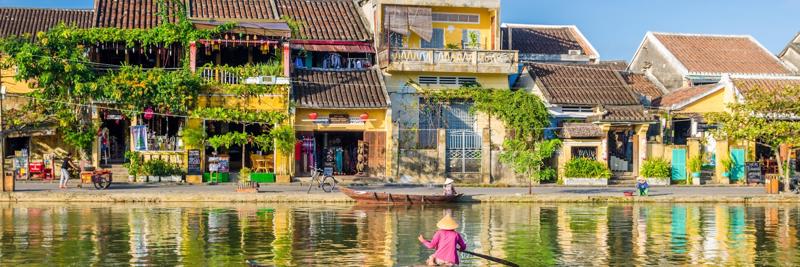
The top leaders in the Vietnamese central province of Quang Nam convened on April 22 to discuss an audacious vision for Hoi An, the feted UNESCO town where mustard-yellow merchants' homes line tranquil waterways.
Their focus: transforming this heritage gem into a globally recognized eco-cultural urban oasis by 2035 with vision to 2050.
If realized, this metamorphosis would elevate Hoi An as a paragon of sustainable tourism - an economic imperative for Vietnam yet one fraught with challenges of balancing development and preservation.
Getting the recipe right could pay substantial dividends for the nation while pioneering a judicious model for safeguarding invaluable cultural assets amid the strains of modernization and climate change.
Ambitious Eco-Cultural Vision
It is against this backdrop of renewal that planning authorities have crafted an ambitious roadmap to elevate Hoi An as an exemplar of sustainable urbanism. The blueprint aims to realize "class II" urban status - encompassing smart infrastructure, ecological preservation and economic vibrancy - by 2030.
But its ultimate target is loftier still: positioning Hoi An as an internationally recognized eco-cultural hub by 2050, a model for harmonizing heritage conservation with climate-resilient, green development.
Spatially, this quest will be pursued via an intricate web of seven precincts tailored for specific purposes - from heritage tourism and island ecology to riverfront leisure and biosphere conservation. Central to this paradigm is leveraging Hoi An's unique hydrology as an asset, preserving its aquatic landscapes and bolstering resilience to climate risks like sea-level rise and intensifying storms.
Developmentally, the emphasis is on embedding sustainability across economic activities and infrastructure. Green construction, smart mobility networks, renewable energy and waste management are envisioned as cornerstones, augmented by community-driven eco-village projects and indigenous craft preservation.
"We aim to promote Hoi An as a city of living heritage," explained a planning official, underscoring the intent to foster organic cultural traditions alongside thoughtful modernization.
Resurgent Tourism Propels Change
Hoi An's pursuit of reinvention has been catalyzed by a striking revival in its tourism fortunes over the past year. In 2023, the ancient town welcomed an estimated 4 million visitors, nearly double the previous year's tally and equivalent to over 70% of its pre-pandemic peak in 2019. This rebound was fueled by the government's visa reforms in August along with efforts to revitalize the industry in line with Resolution 82.
International arrivals spearheaded the resurgence, soaring 328% year-on-year to reach 3 million. This influx translated into VND 4.1 trillion ($162.4 million) in tourism revenue from accommodation, heritage site tickets and other services - more than triple the 2022 figure.
By year's end, the number of overseas guests staying overnight had recovered to 1.28 million, approaching 70% of 2019 levels.
"The results achieved in 2023 are truly encouraging signs, promising more changes to Hoi An's tourism economy in 2024," says Nguyen Van Lanh, Vice Chairman of the municipal People's Committee. Vietnam's broader reopening has unlocked pent-up wanderlust, rekindling hopes of surpassing pre-Covid peaks.
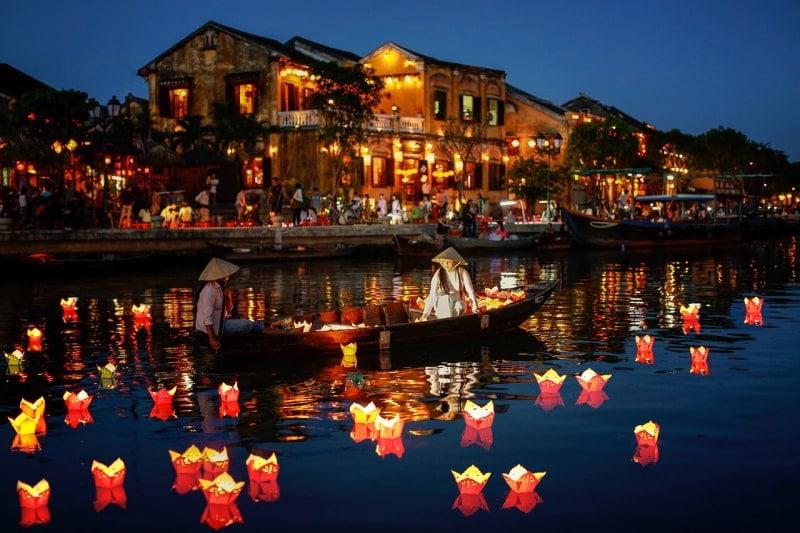
Managing Visitor Flows
While rekindling tourism's economic engine fires local ambitions, averting the pitfalls of overtourism will be imperative in preserving Hoi An's authenticity and livability. The ancient town already felt strains from excessive foot traffic pre-pandemic, with its narrow lanes and heritage districts overwhelmed during peak seasons.
After 2023's resurgence, the influx is poised to intensify: authorities anticipate over 4.3 million visitors in 2024, an 8% rise from last year. International arrivals could breach 3.2 million as more travel curbs are relaxed worldwide, compounding pressures.
Mitigating measures like crowd management, environmentally conscious policies and dispersal strategies will be crucial to prevent degradation of Hoi An's charms and natural assets. But achieving sustainable visitation without compromising heritage values or residents' quality of life will require deft policymaking.
An Inclusive Cultural Renaissance
An allied test will be ensuring Hoi An's revival uplifts local communities and amplifies their traditions rather than diluting them. Its planners are betting on bottom-up initiatives like eco-village cooperatives and indigenous handicraft preservation to harmonize development with the area's intrinsic heritage.
Catalyzing sustainable livelihoods anchored in organic farming, artisanal crafts and community-based tourism models could foster inclusive growth while combating the displacement that often accompanies urban renewal. But regulating modernization to retain Hoi An's authenticity without stifling progress will demand continual governance finesse.
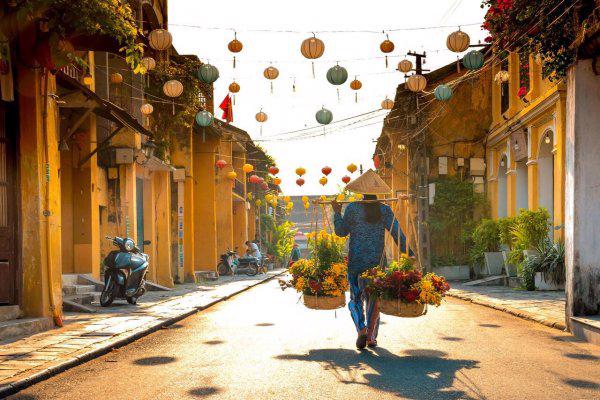
Combating Climate Hazards
No less daunting is the task of future-proofing Hoi An against the accelerating perils of climate change. With seas rising due to global warming, the ancient town's low-lying locale renders it exceptionally vulnerable to flooding, coastal erosion and intensifying storm surges. Fortifying this prized heritage asset will necessitate extensive investments in resilient infrastructure and flood defenses over the long-term.
Vietnam itself has existential incentives to get urban climate adaptation right. It ranks among the nations most exposed to environmental ravages like rising seas, droughts, storms and riverine flooding in coming decades. Innovative strategies piloted in Hoi An could catalyze progress nationwide while safeguarding economic pillars like tourism from heightened disruptions.
An Exemplar for Harmonious Progress
For Vietnamese authorities, executing Hoi An's rebirth thoughtfully could unlock multifaceted dividends - minting an economic engine, preserving a cultural gem and pioneering a sustainable development blueprint for heritage destinations nationwide.
Prior to COVID-19's arrival, tourism accounted for nearly 10% of GDP, underscoring the sector's economic heft. But rampant overdevelopment in tourism hot spots like Ha Long Bay has tarnished Vietnam's reputation while exacting an environmental toll. Hoi An's judicious, community-focused approach could arrest these trends while catalyzing green growth.
More broadly, innovative solutions protepeople The project's call to fortify andsterling heritage asset from Hoi An could powerfully demonstrate how to harmonize urbanization with ecology and cultural preservation worldwide - providing replicable insights for nations contending with similar strains of progress.
In aspiring to become an eco-cultural exemplar, Hoi An is vying to entrench its status as a crown jewel of Vietnamese tourism for the 21st century while pioneering a sustainable development model with global relevance. Balancing these ambitions against preservation priorities will be an ongoing high-wire act requiring intricate governance and community engagement. But the transformative potential - for both Hoi An and the nation it catalyzes - is immense.

